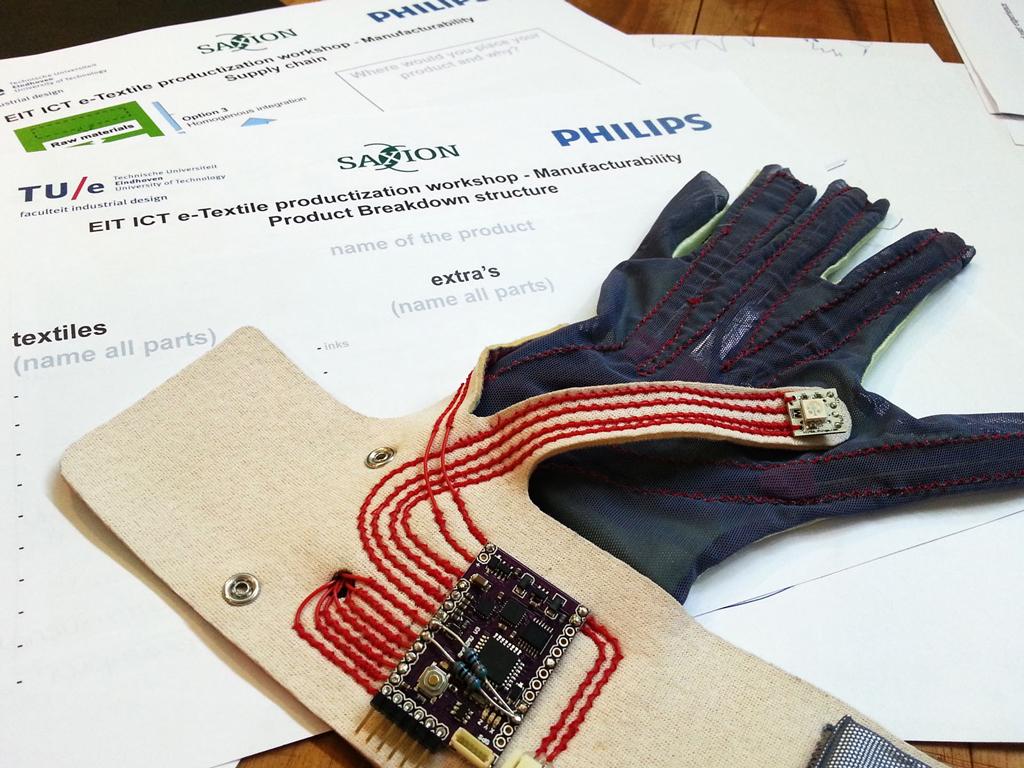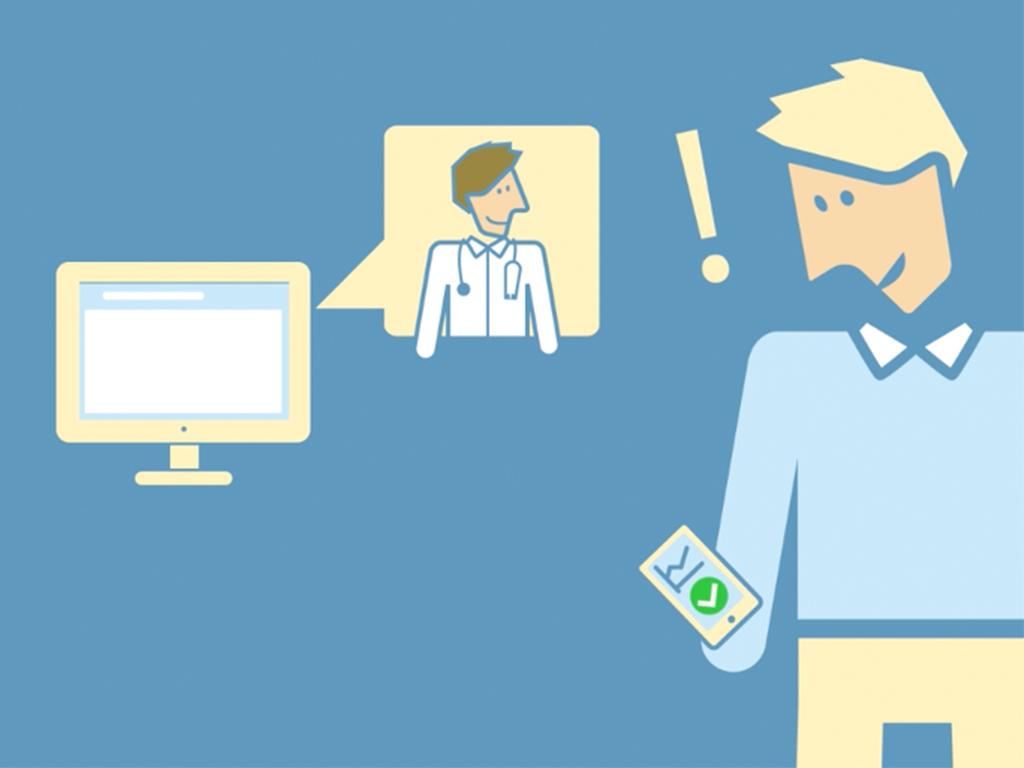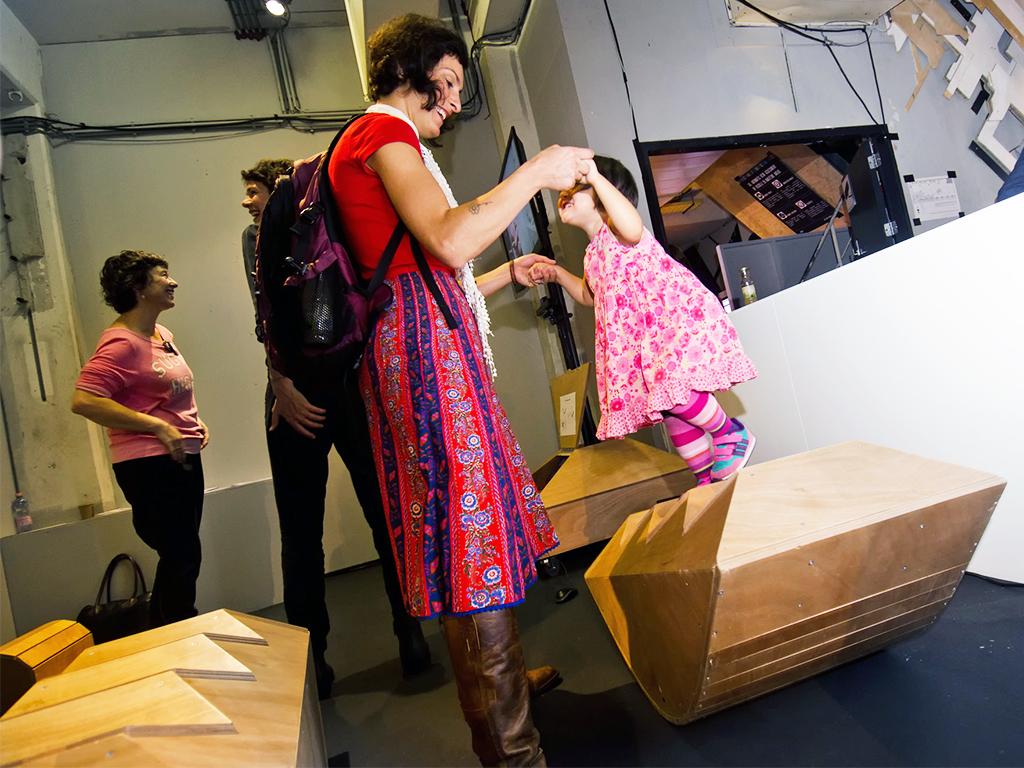In the COMMIT/TOUCH project Waag is working towards solutions that help people to maintain their social relationships in a subtle, pleasant and intuitive way through tangible interactive objects. Apart from including the user and his/her context from the early phases of the design process, we also need to consider how this solution can eventually end up in peoples’ homes: how can we anticipate on a potential market launch and create impact?
On June 25th and 26th, I joined the EIT ICT e-textiles productization workshop with the TOUCH case, organized by STS CRISP, TU/e and Philips. The current TOUCH prototype is a set of two connected soft objects that two people to communicate in a subtle way, through color signals.
The workshop included hands-on exercises applied to the participants’ prototypes. Participants were professionals from various media labs and universities who brought in their work-in-progress, from an augmented bedsheet for bedtime storytelling to a glove for composing music (see image). The goal of the workshop was to assess the service design, manufacturability, sustainability and business aspects of the prototypes. Participants worked on their individual concepts but were stimulated to challenge each others’ cases.
Although the TOUCH project is still in an early stage and our prototype far from market introduction it was a good timing to go through the excercises and reflect on our ideas with others. It is important to already consider production and market related topics, to keep these in mind for decision making later on.
In the service design session the participants had to act out the usage of the product of one of the other participants. This technique helped to find blind spots and it leads to new areas of thought. It was really interesting to see how others interpret your concept, and it forces you to think about the entire customer journey. In the manufacturing session we were guided to the steps of composing a document that gets you ready to talk to manufacturers – a session that enriched our vocabularies!
The sustainability session was about defining where and how you can make your product more sustainable. Can you use better materials, or reduce energy use? Or in prolong the life span and after-life of your product? In our case I learned that it makes most sense to focus on the last aspect. And in order to make a difference it is essential to combine your business strategy and sustainability goals.
The business model canvas session was probably most useful for the participants. Coming from design and technology backgrounds we all had an urge to enthusiastically elaborate on the technical details of our inventions. When talking to a potential customer this is not relevant: communicate why he or she should buy your product.
During the session the participants had to narrow down their stories into a 1 minute pitch that others could easily understand. In the end the most important questions for your future business idea are: do people get your idea, and can they love it?


